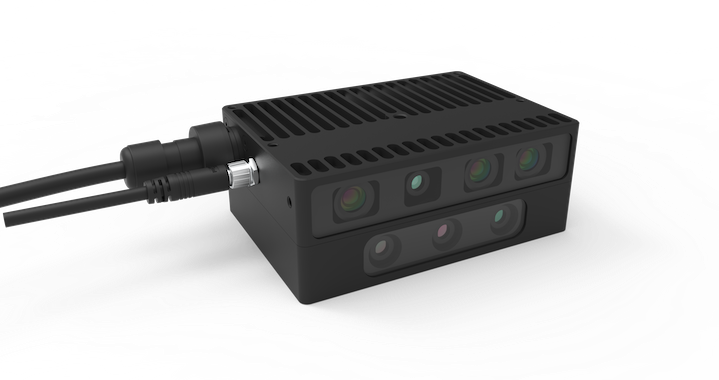One of the most popular questions our customers ask us is what the letters of the model name of our product stand for. The camera models of Tuyang are divided into internal technical models and external market models. Generally, the models described in websites or specifications are market models. For the convenience of customers and our sales colleagues to understand, market models are relatively simple, generally no more than 10 letters; To prepare for a description of a camera, the technology we developed used as many as 23 letters to describe the device.
Some are selling products
According to the technology platform, the products for public mass production and sale are divided into F, D and P series, respectively representing RGBD cameras, depth cameras (excluding color cameras) and the latest "BeamPaddle" series cameras. We also have the R series for camera splicing, the L series for single line Lidar, and the V and X series to follow.
According to the working distance of the camera, it is divided into S and M series, representing the detection range of medium short distance and medium long distance.
According to the output resolution of depth data, it can be divided into 4 series and 8 series, representing 480p and 960p resolutions respectively.
The output frame rate of depth detection is represented by the representative number multiplied by 5 to indicate the frame rate range.
According to the detection Angle, they are divided into 2, 4 and 6, representing the detection field of 30 degrees, 60 degrees or 90 degrees respectively.
In addition, there are also some special functions, such as G stands for Global Shutter sensor, I stands for industrial specification design, X stands for multi-laser "WindMill" detection technology, and E stands for network interface.
FM811-GIX-E1
Taking this FM811-GIX-E1 as an example, it can be seen from the model that this camera is RGBD series products with medium and long distance, Global Shutter sensor, frame rate of about 5fps, resolution of 960p, WindMill technology is adopted to achieve higher accuracy, and Ethernet interface is adopted.
By mastering these rules, the customer can learn what metrics can accurately describe the performance of a depth camera. Accurate description of product requirements allows us to provide customized services more quickly, such as the DS860-GIX-F1-K4, a fiber optic interface camera with MindMill technology, sub-millimeter accuracy and up to 30fps frame rate.

.png)


